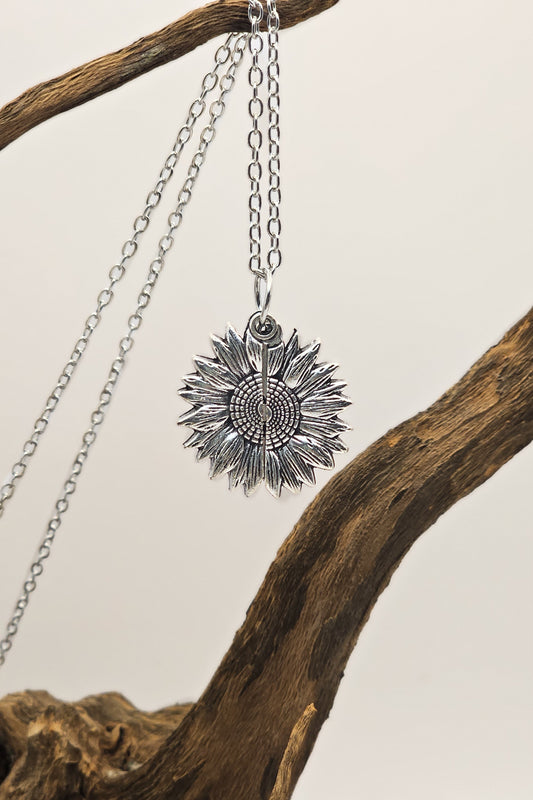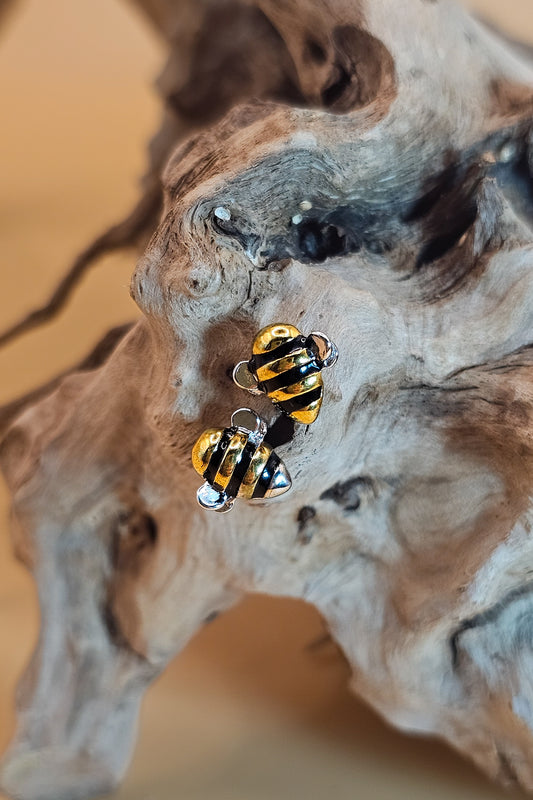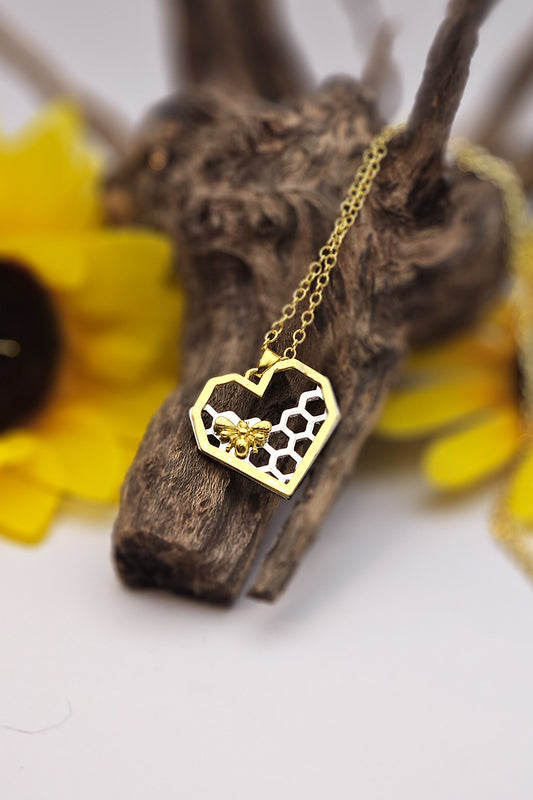This video by YouTube vlogger Ryan Grady shares his first attempt at the process of rendering beeswax from honeycomb.
He explains that he intends to refine the process further, having learned from this experience.
He did a cutout of a beehive in a house about eight years earlier, and ended up with comb that needs to be rendered down into raw beeswax. It is old, dirty comb and therefore the honey is still fine for bees but not fit for human consumption.
Some of the comb had honey on it, so he gave that back to the bees.
He crushed pieces of the comb with his hands and let them drip through sieves to release the last of the honey from the comb, and left it to separate. When most of the honey was gone, the comb was still sticky with honey.
He added a medium honey super on top and dumped the comb into the hive. The bees went in and cleaned every drop of honey off it within a few days.
Then he removed the comb, and the bees went for the last of the honey. They were covered in honey and so they were all cleaning each other off.
A few days later, the comb had been picked completely clean. Now dry, it could be boiled in about 4 inches of water in a deep pan. Beeswax is a stubborn mess that you will never be able to get off your utensils, tools, and pans, so keep a separate set just for this sort of process.
Here is the 16:03-minute video by Ryan Grady showing how he renders beeswax from honeycomb:
Once it boiled well, the gunk could be separated from the wax. The wax is yellow and floats on top. Use a strainer to remove the gunk and throw it out. This process is best done outside if possible.
The next day the beeswax (yellow) has hardened and set. Scrape off any extra dirt or gunk that is left on the surfaces.
Take an empty bee frame and stack the chunks of beeswax on several layers of paper towels in a disposable turkey foil roasting pan and put it in the oven at 200F. It will slowly melt and drip down through the paper towels.
After the process, one sees that the dirt stayed on the surface of the paper towel and the wax ran through.
The wax-covered paper towels make great fire starters so don’t throw them away. Put them in an air-proof plastic sealed bag and store them.
The wax hardened overnight so drain the water out and you’ll find the wax is glued into the turkey pan. Once you manage to extract it, or pop it free, you will be left with a big chunk of wax.
Ryan uses the wax to put it over the plastic in the hive frames since, he says, honeybees don't like the smell of plastic.
Watch the last few minutes of the video to see how Ryan melts the beeswax and forms it into attractive bars and honeycomb shapes, so it is easy to store and can be used to make candles and other useful items.
There is nothing more beautiful than the light a beeswax candle makes.
Thank you honeybees!








